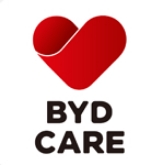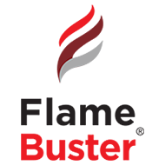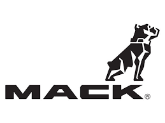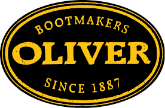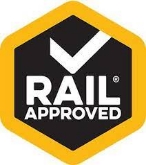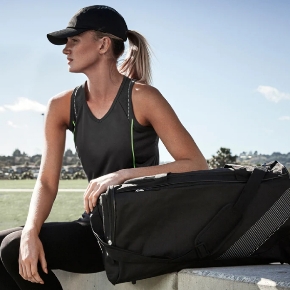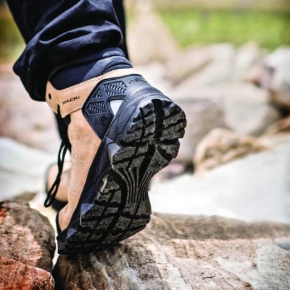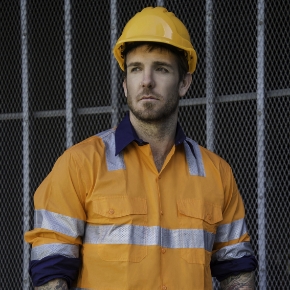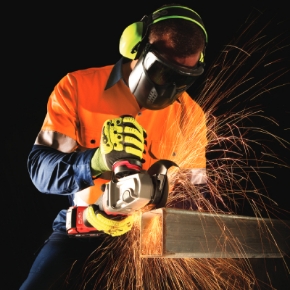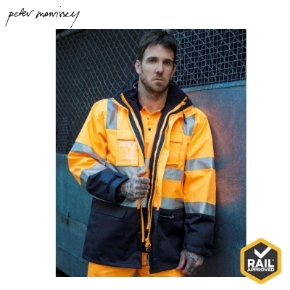
Originally published by the Australian Institute of Health & Safety
SafeWork SA recently issued a safety alert warning business owners in the agriculture sector about the dangers of working in confined spaces following the recent death of a farmer in a grain bin.
SafeWork SA inspectors attended a site in the state’s southeast where the farmer had reportedly accessed a portable field bin via its external ladder to loosen clumped grain that had blocked the transfer auger at the base of the bin.
The farmer climbed into the field bin via the internal ladder and is believed to have sunk into the grain. Attempts to rescue him were unsuccessful.
Business owners should ensure that workers are trained and supervised in the dangers of confined spaces, according to the alert, which said safe systems of work should also be developed and enforced to minimise the risk of injury.
Dangers of working in confined spaces include:
- Asphyxiation from oxygen deficiency or immersion in free-flowing material such as grain, sand, fertiliser, water or other liquids.
- Loss of consciousness, impairment, injury or death due to the immediate effects of airborne contaminants.
- Fire or explosion from the ignition of flammable contaminants that come into contact with an ignition source such as a flame, hot surface or spark.
- Infectious diseases, dermatitis, or lung conditions such as hypersensitivity pneumonitis resulting from contact with microorganisms such as viruses or bacteria in sewers, grain silos and manure pits where biological hazards may be present.
- Difficulty in rescuing and treating an injured or unconscious person.
The alert also provided a number of recommendations for safer working solutions, including:
- Ensure workers are trained in the dangers of confined spaces, emergency rescue, and the use of safety harnesses/rescue lines where there is a risk of falling.
- Placing signage to show there is a confined space.
- Ensure the area is well-ventilated before entering.
- Providing personal protective equipment (PPE) as well as rescue, first-aid and fire suppression equipment.
- Conducting a risk assessment which includes the use of a confined entry permit as a safe system of work.
- Ensure a competent standby person is outside the confined space for support in case of an emergency.
- Consider engaging a professional to carry out the work.


















